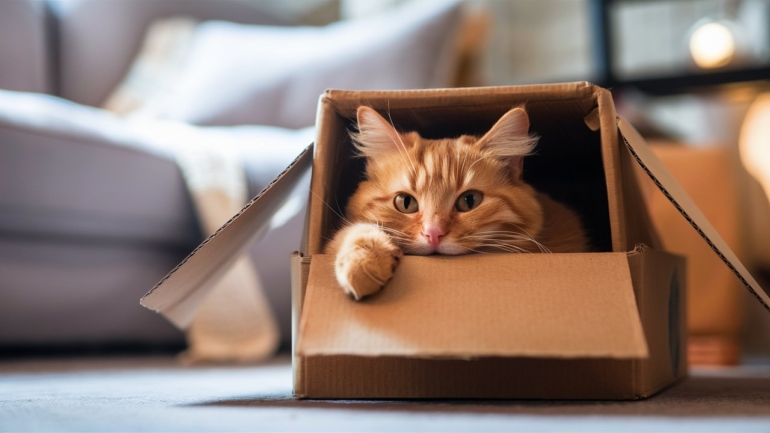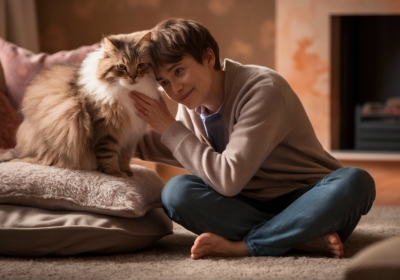Cats and their peculiar love for boxes have long puzzled pet owners and scientists alike. Whether it’s a spacious shipping box or a snug shoe box, our feline friends seem irresistibly drawn to these simple containers. But why do cats exhibit such quirky behavior? Is it merely playful curiosity, or is there a deeper, more scientific explanation behind it? In this article, we’ll delve into the surprising science behind why cats love boxes, uncovering the intriguing reasons that make boxes the ultimate feline playground. Prepare to be fascinated by the blend of instinct, psychology, and biology that fuels this adorable obsession.
Table of Contents
The Instinctual Comfort of Enclosed Spaces
At the heart of a cat’s love for boxes is an instinctual need for enclosed spaces. In the wild, cats are both predators and prey, and their survival often depends on finding secure hiding spots. These safe havens allow them to observe their surroundings without being seen, making it easier to avoid predators and plan their next meal. Boxes, with their enclosed structure, mimic these natural shelters, providing a sense of security and comfort that appeals to a cat’s primal instincts.
Stress Relief and Anxiety Reduction
Enclosed spaces like boxes also play a significant role in reducing stress and anxiety in cats. Studies have shown that confined spaces can have a calming effect on felines, helping them feel more secure and less anxious. For instance, a study conducted by the University of Utrecht found that shelter cats with access to hiding boxes adjusted more quickly to their new environment and showed fewer signs of stress compared to those without . Experts believe that the sense of security provided by boxes helps cats cope with stressful situations, making them a valuable tool for promoting feline well-being.
Play and Exploration
Cats are naturally curious and playful creatures, and boxes offer the perfect environment for both play and exploration. The novelty of a new box can stimulate a cat’s curiosity, encouraging them to investigate and interact with it. Boxes provide a versatile play space where cats can hide, pounce, and peek out, engaging in behaviors that mimic hunting and stalking prey. This playful interaction not only keeps cats entertained but also provides essential mental and physical stimulation.
Thermoregulation: Keeping Warm
Cats have a well-known preference for warm, cozy spots, and boxes can help them maintain their body temperature. The insulating properties of cardboard create a snug environment that retains heat, making boxes an ideal choice for a cat seeking warmth. This preference for warm spaces is rooted in a cat’s biology; as desert animals by origin, they have a natural tendency to seek out warm environments to conserve energy and stay comfortable .
The Appeal of Ambush and Hunting Behavior
Predatory instincts are a fundamental aspect of feline behavior, and boxes serve as perfect hiding spots for ambush play. In the wild, cats often use stealth and surprise to catch their prey, and a box provides an excellent vantage point for observing and ambushing unsuspecting “prey” — whether it’s a toy, a fellow pet, or even a human foot. This behavior not only satisfies a cat’s hunting instincts but also adds an element of fun and excitement to their daily routine.
Conclusion
The love cats have for boxes is a multifaceted phenomenon rooted in their instincts, biology, and behavior. From providing a sense of security and reducing stress to offering a warm, cozy retreat and a playful environment, boxes cater to various feline needs and preferences. Understanding the science behind this quirky behavior helps us appreciate the complex and fascinating nature of our feline companions. So the next time you see your cat diving into an empty box, you’ll know that it’s more than just play — it’s a deep-seated love that speaks to their very essence.





